InVID verification plugin open beta release
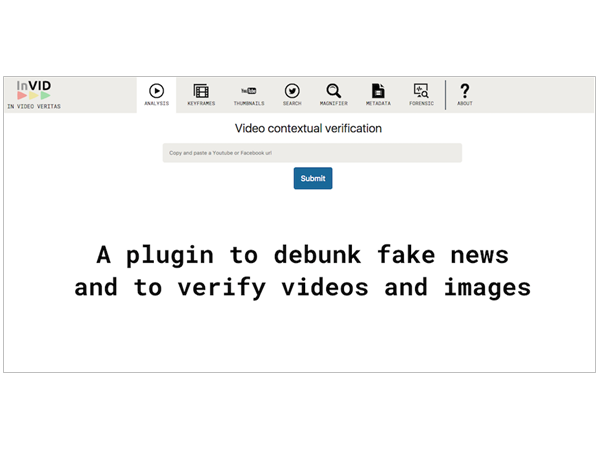
The European Horizon 2020 project InVID (In Video Veritas) is launching in open beta a plugin to help journalists saving time in their verification processes and debunking more efficiently fake video news. The plugin was just presented today in a First Draft Meeting at the Council of Europe in Strasbourg, France.
The InVID verification plugin allows media professionals to quickly get contextual information on Facebook and Youtube videos, to read video and image metadata, to fragment videos from various platforms (Facebook, Instagram, Youtube, Twitter, Daily Motion) into keyframes, to use the keyframes for performing reverse image search on Google, Baidu or Yandex search engines, to enhance and explore the keyframes and images through a magnifying lens, to query Twitter for related information, and to apply forensic filters on still images.
The plugin can be downloaded at https://goo.gl/Fo8i73
A video tutorial / demo is available on the InVID Youtube channel: https://youtu.be/nmgbFODPiBY
We welcome your feedback at: invid-verification-plugin@iti.gr

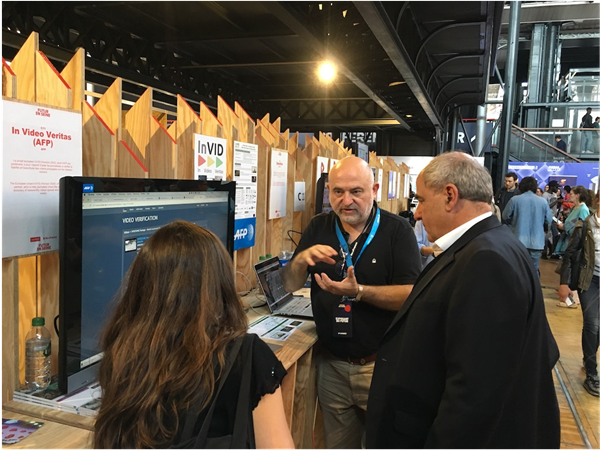
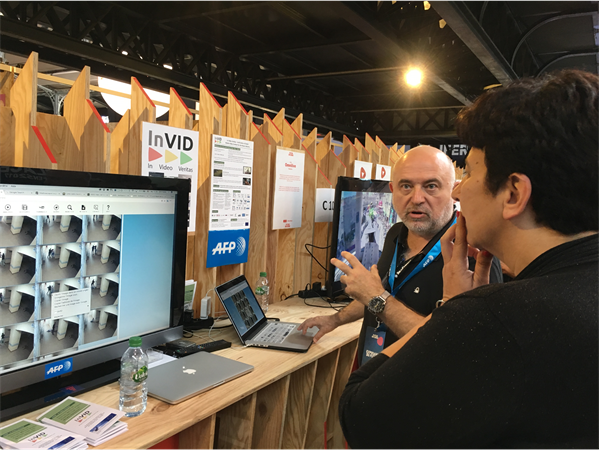
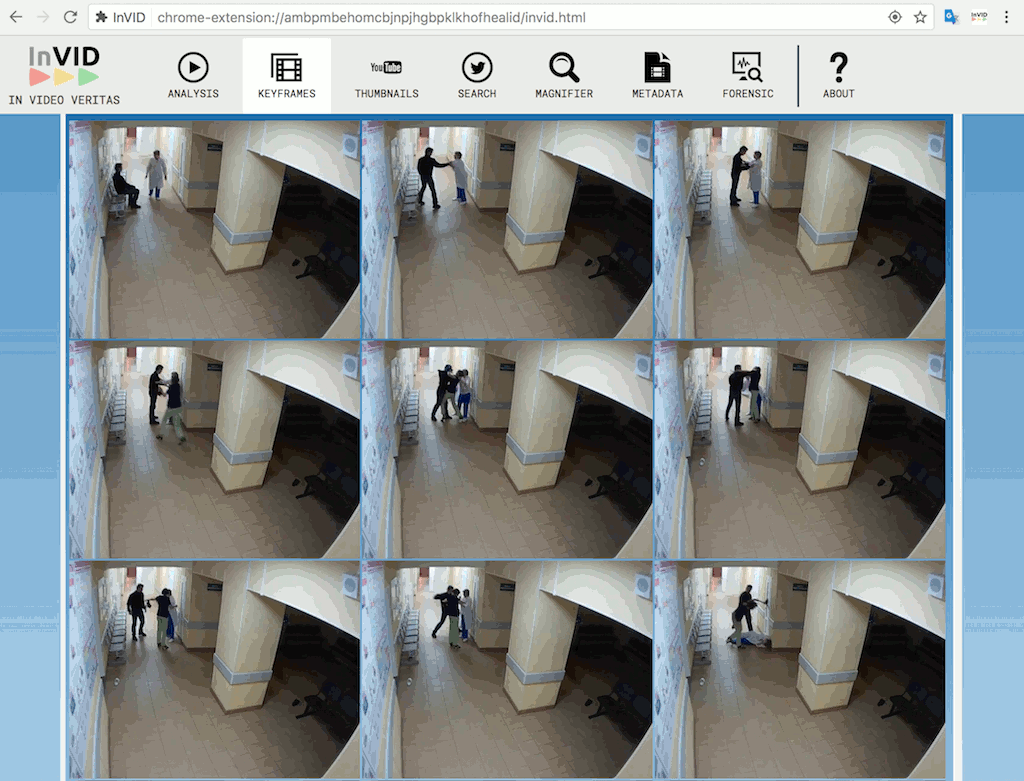
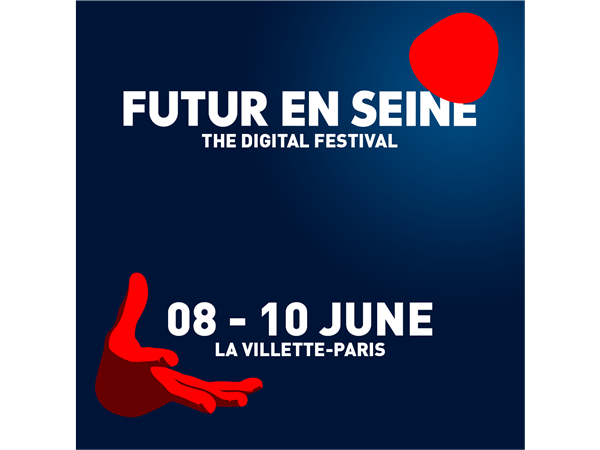
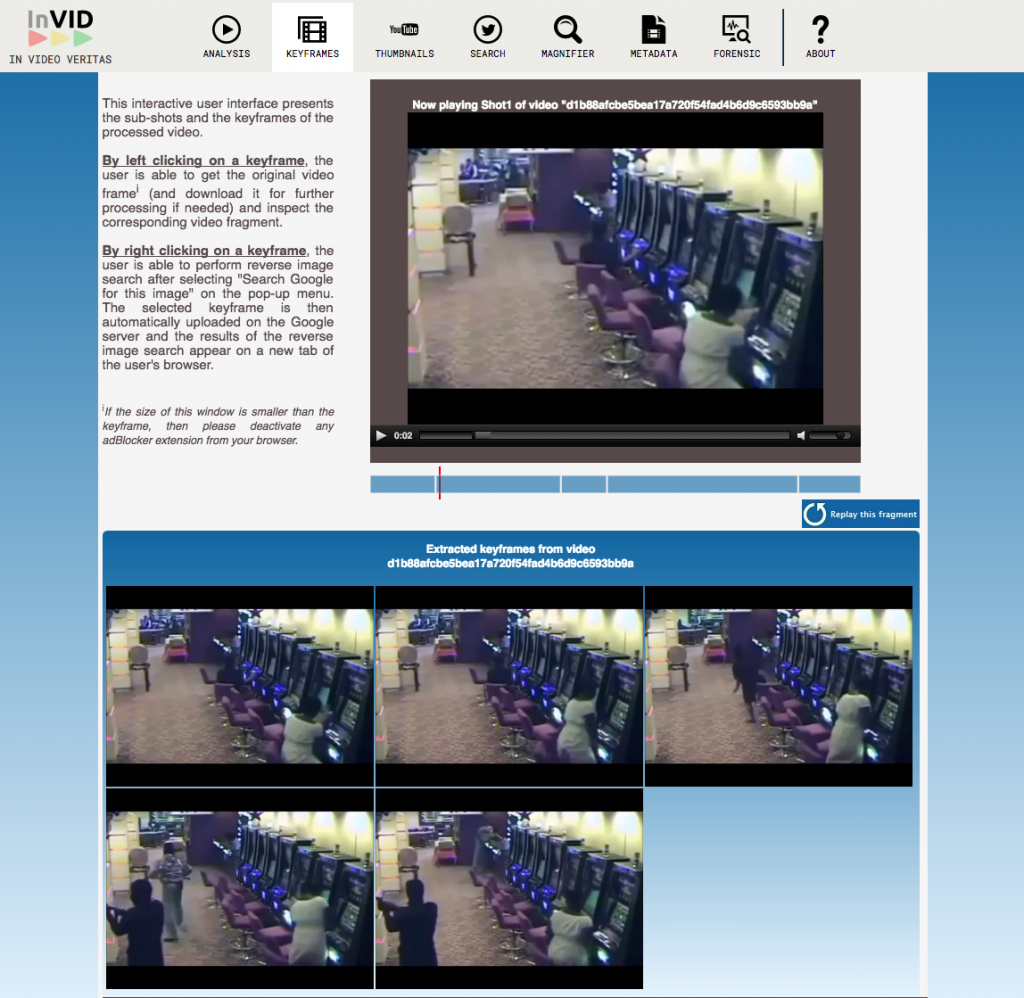
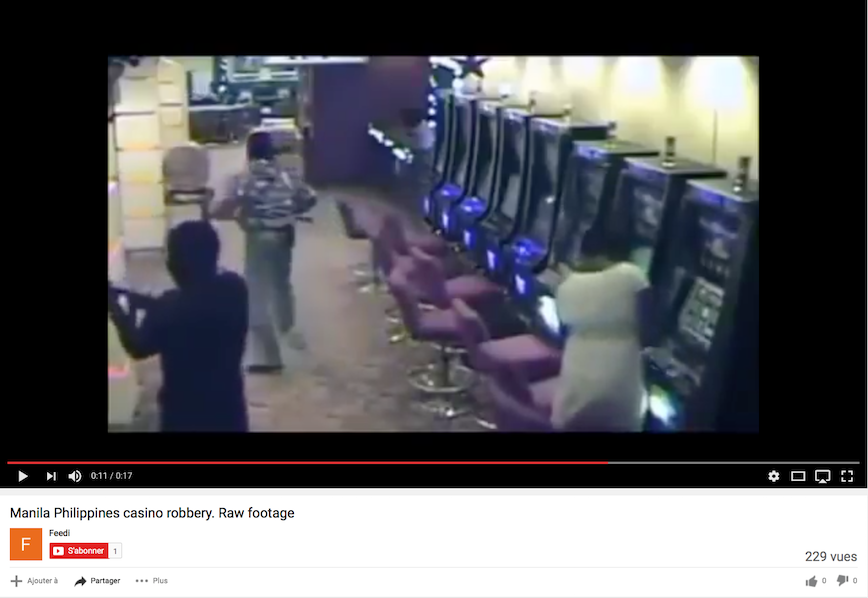
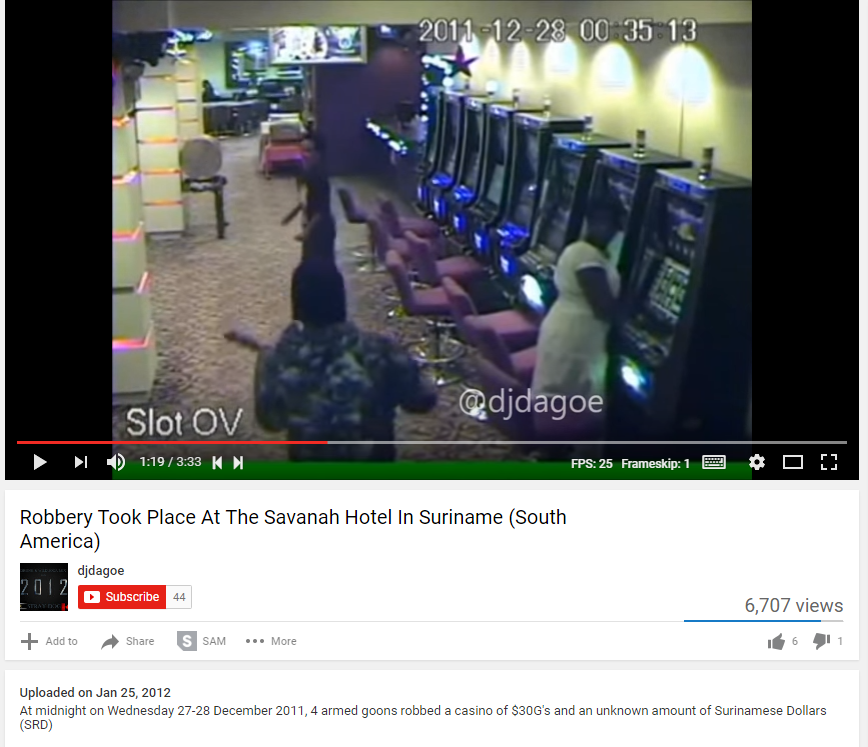
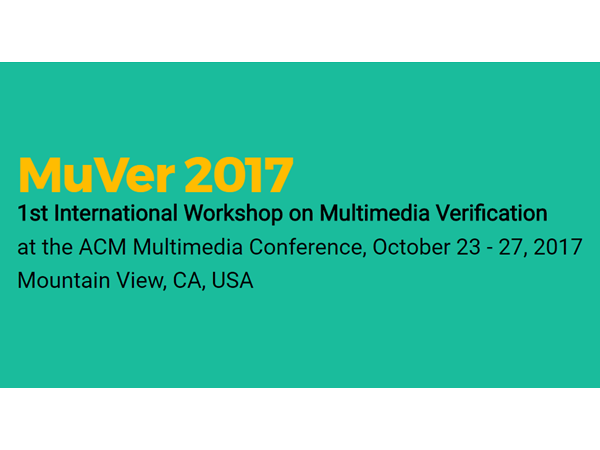
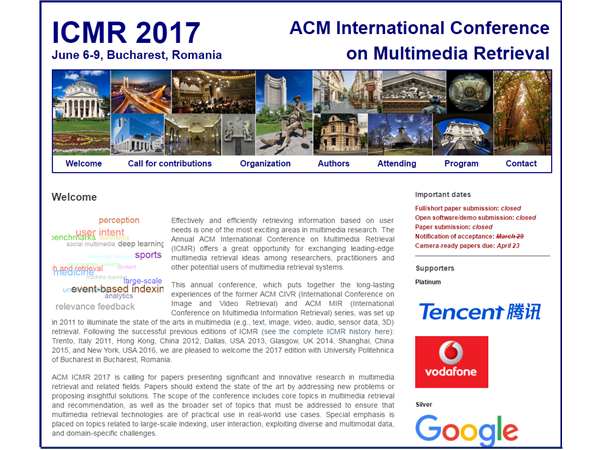
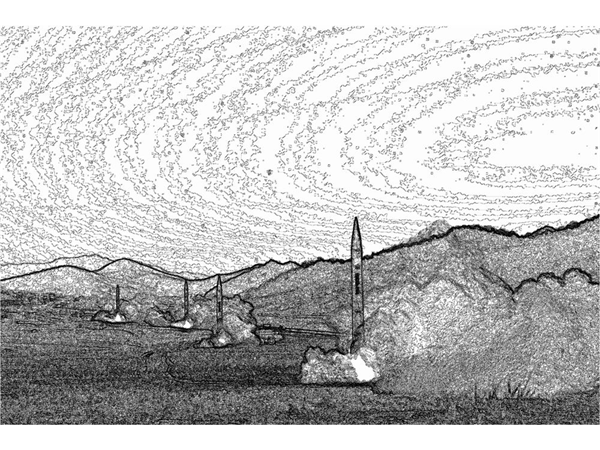


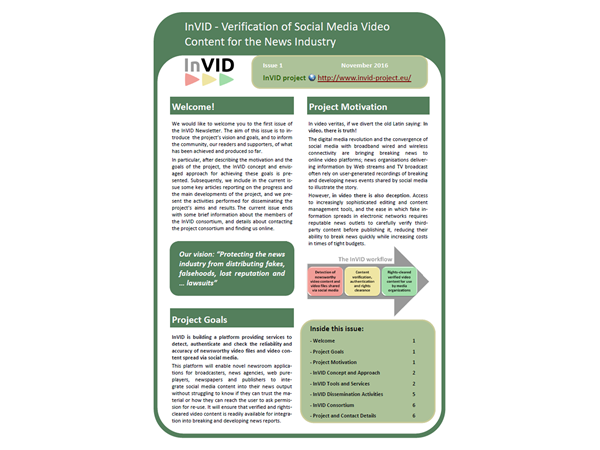
You must be logged in to post a comment.